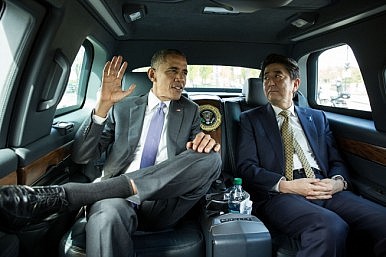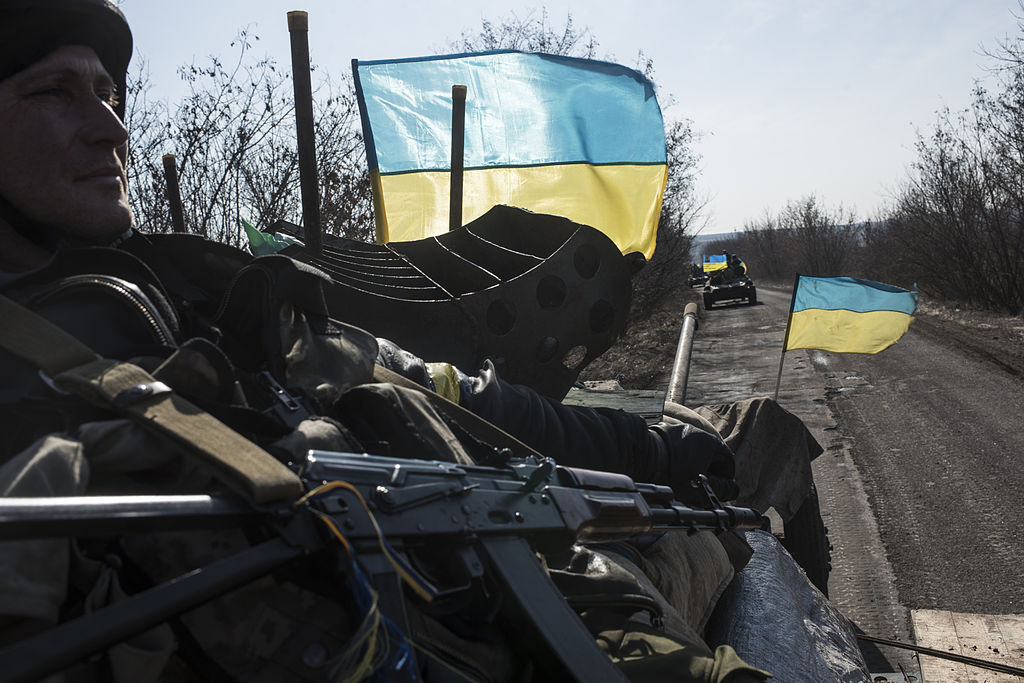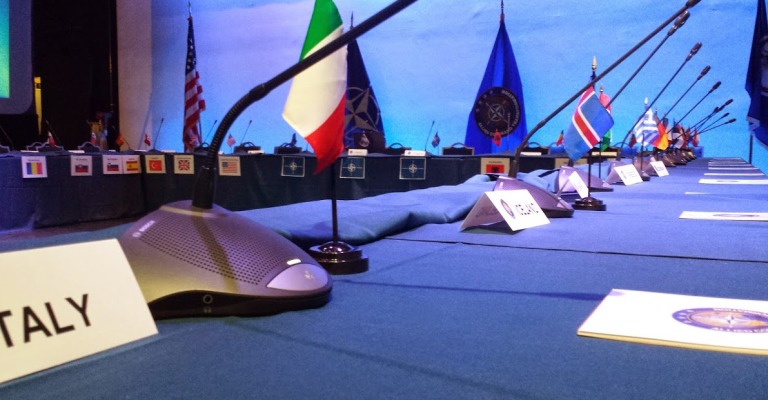Corinne Stancescu looks at the Islamic State’s systematic destruction of culturally and historically significant artifacts and sites throughout Iraq and Syria.
International Relations
Japan Goes Global: The US-Japan Defence Guidelines
John Pollock explores the newly released Guidelines for US-Japan Defence Cooperation, and what it means for the expansion of Japan’s national defence strategies.
Ukraine’s Military: A Work in Progress
Hasan Siddiqui provides an overview of the Ukrainian Armed Forces’ current situation and gives insight into its future endeavours.
Assessing America’s Strategic Options toward China, Part III: Containment and Engagement
In the third of of a seven-part series, Michael Lumbers examines America’s future strategic options toward China.
Assessing America’s Strategic Options toward China, Part II (b): Enhanced Balancing
In the second of of a seven-part series, Michael Lumbers examines America’s future strategic options toward China.
Assessing America’s Strategic Options toward China, Part II (a): Enhanced Balancing
In the second of of a seven-part series, Michael Lumbers examines America’s future strategic options toward China.
Using the Time Given to Them
Colin McEwen explores the growing phenomenon of Model NATO conferences for high school and undergraduate students.
Breaking Point: Hyperextending Hizbullah
Hasan Siddiqui’s outlook on the current situation in the Levant and Hezbollah’s capacity therein.
Assessing America’s Strategic Options toward China, Part I: Confrontation
In the first of a six-part series, Michael Lumbers examines America’s strategic options toward China.
NATO and the Nordics, Part II: What the Finnish elections mean for NATO membership
In part two, Ben Abonyi comments on how the Finnish elections and Russia’s aggression against Finland could affect its potential NATO membership.








